About an hour after the Falcon 9 took off from Vandenberg Space Base in California on the night of July 11, the rocket's second stage failed to restart and deploy 20 Starlink satellites into a lower orbit than planned, causing them to re-enter Earth's atmosphere and burn up.
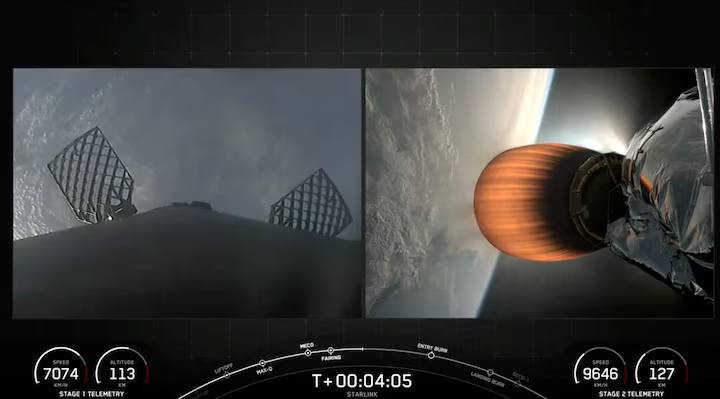
SpaceX's Falcon 9 launches a satellite into orbit in space after taking off from Vandenberg Space Base in California, US. Photo: SpaceX
An attempt to restart the engine "caused an engine RUD for reasons currently unknown," SpaceX CEO Elon Musk wrote on social media X on the morning of July 12. RUD (Rapid Unscheduled Disassembly) is a term in the space industry that often means an explosion.
The Falcon 9 will be grounded until SpaceX investigates the cause of the failure, repairs the rocket, and receives FAA approval. That process could take weeks or months, depending on the complexity of the failure and SpaceX's plan to fix it.
The incident occurred on the 354th Falcon 9 mission. It was the first Falcon 9 failure since 2016, when a rocket exploded on a launch pad in Florida.
Many countries and space companies rely on SpaceX to launch their satellites and astronauts into space. The rocket's grounding could impact future missions for SpaceX customers.
The failure will likely hamper SpaceX’s increasing pace of Falcon 9 launches. Last year’s 96 launches were the most to date and exceeded the annual total of any country. By comparison, China, America’s space rival, had 67 launches in 2023 using various rockets.
SpaceX said on X on Sunday evening that the Starlink satellites that fell back to Earth pose no threat to the public. The company did not estimate when they would return, which will appear as streaks of light in the sky like shooting stars.
SpaceX said their altitude was so low that Earth's gravity pulled them closer to the atmosphere by 5km with each orbit, confirming they would "re-enter Earth's atmosphere and completely disappear".
The Falcon 9 is the only US rocket capable of carrying NASA crews to the International Space Station (ISS). NASA is scheduled to launch its next astronaut mission in August, with SpaceX's Crew Dragon spacecraft launching aboard the rocket.
SpaceX has launched about 7,000 Starlink satellites of various designs into space since 2018 for its global broadband internet network.
Ngoc Anh (according to NASA, Reuters)
Source: https://www.congluan.vn/ten-lua-falcon-9-bi-dinh-chi-sau-khi-su-co-lam-hong-hang-loat-ve-tinh-starlink-post303331.html



![[Photo] Phu Quoc: Propagating IUU prevention and control to the people](https://vstatic.vietnam.vn/vietnam/resource/IMAGE/2025/8/24/f32e51cca8bf4ebc9899accf59353d90)




![[Photo] Party and State leaders meet with representatives of all walks of life](https://vstatic.vietnam.vn/vietnam/resource/IMAGE/2025/8/24/66adc175d6ec402d90093f0a6764225b)




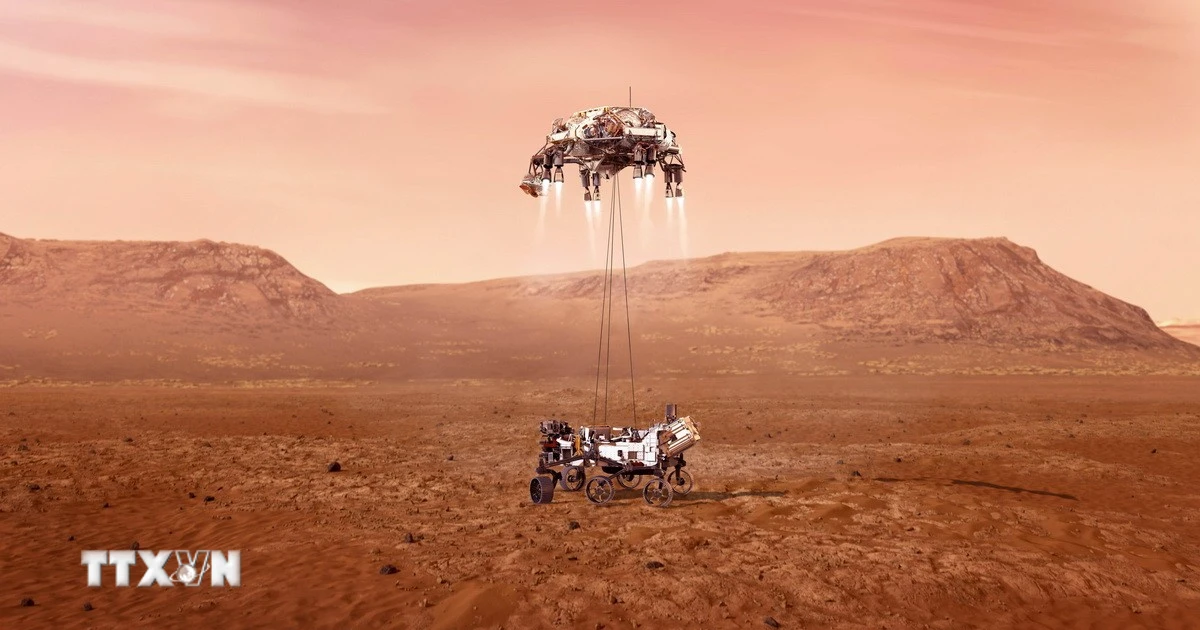

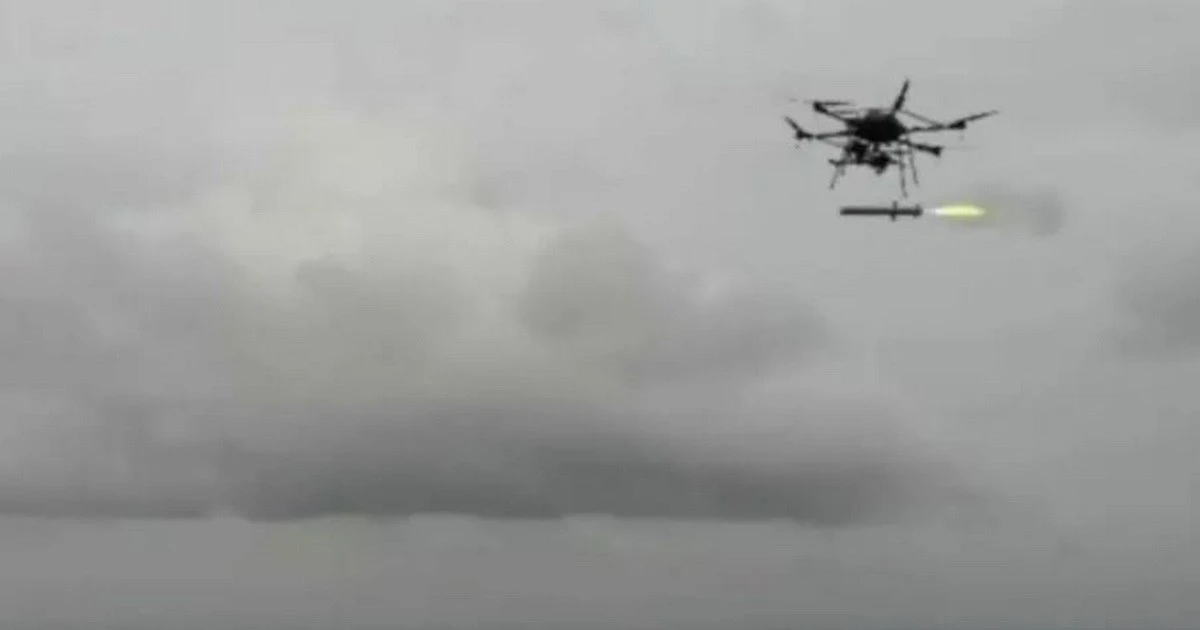
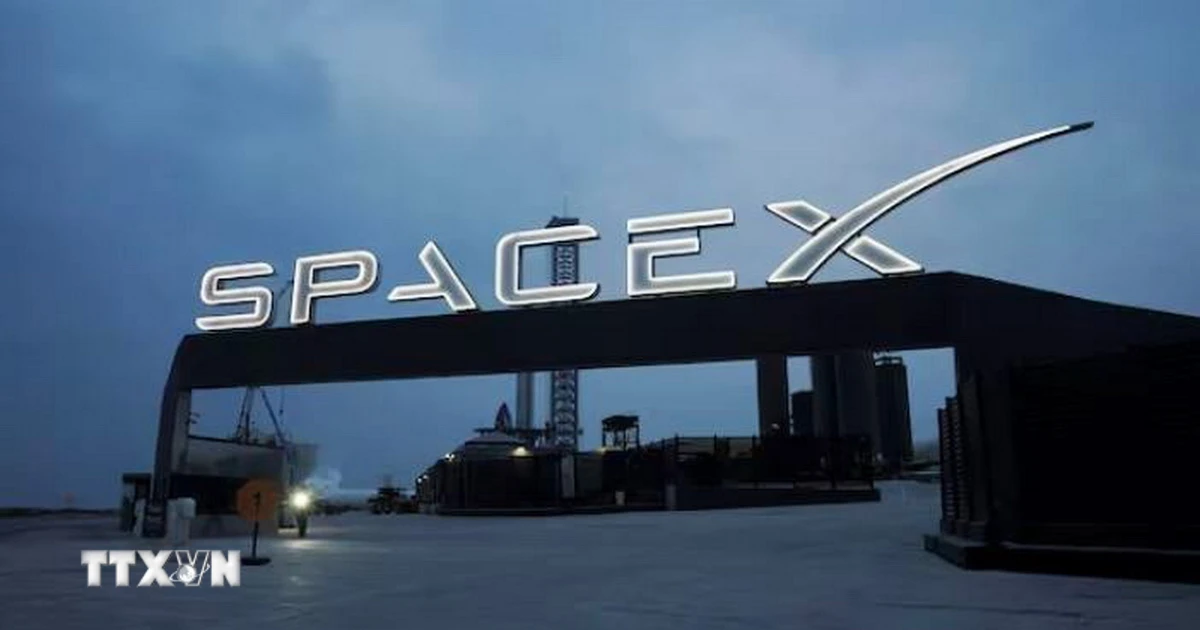
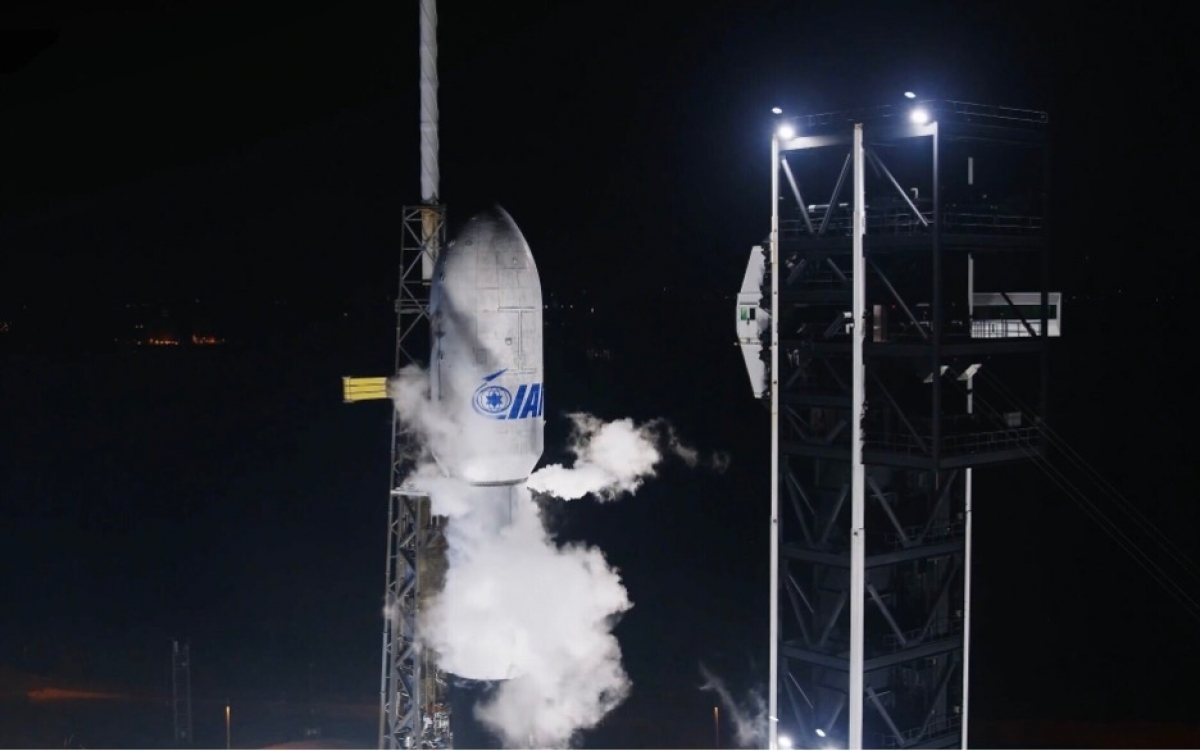






































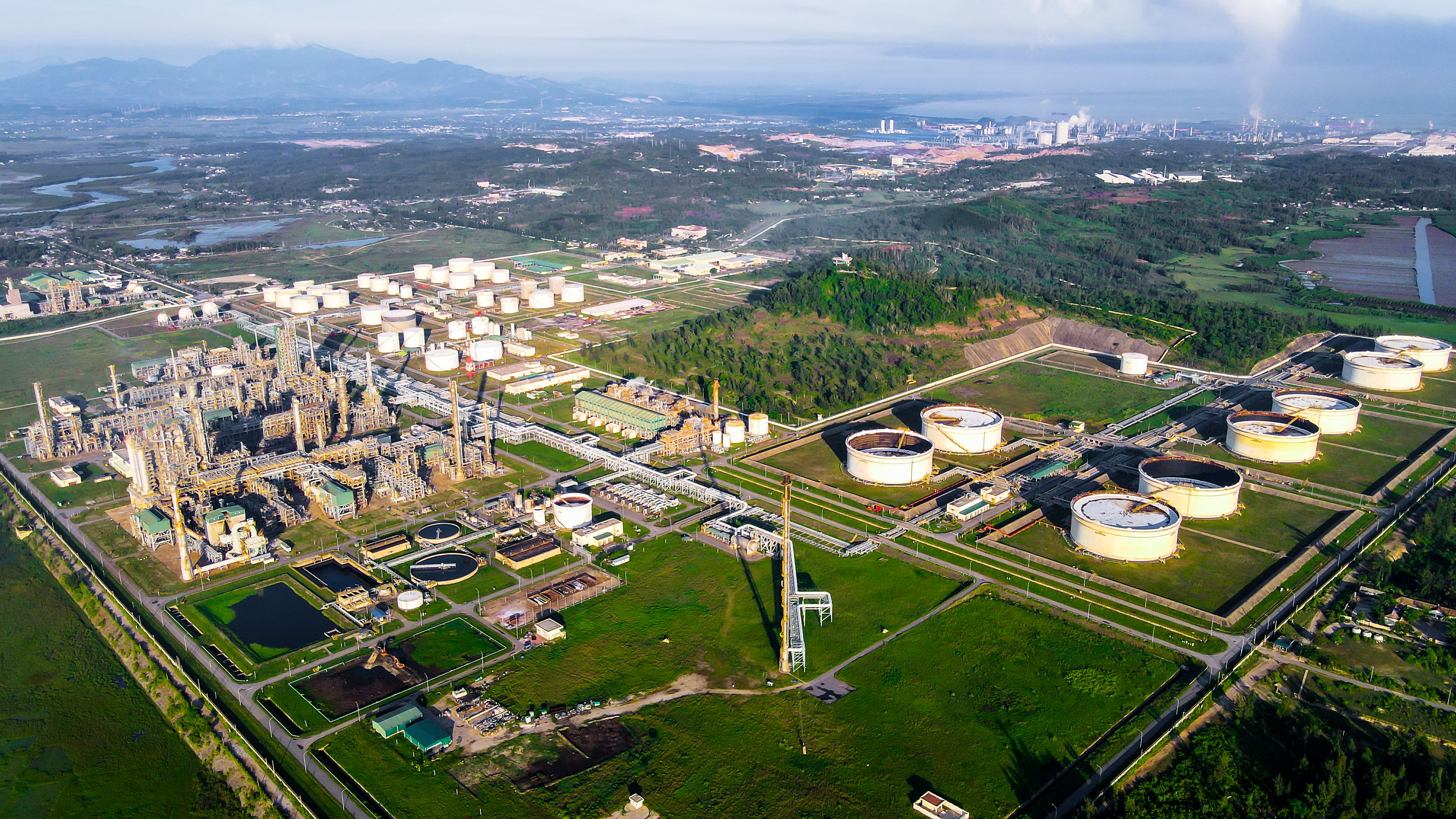








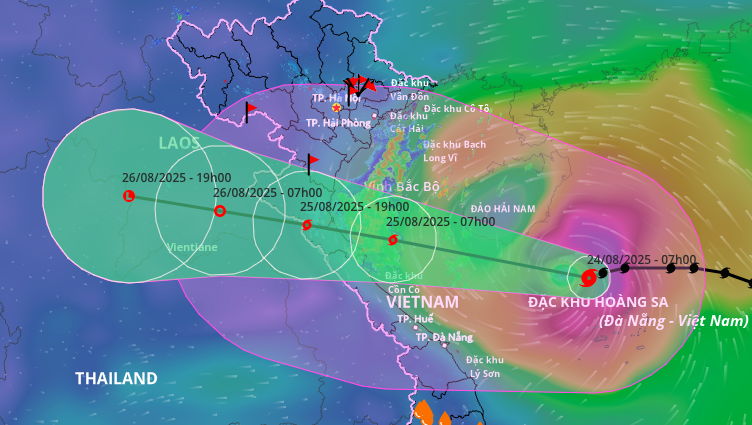














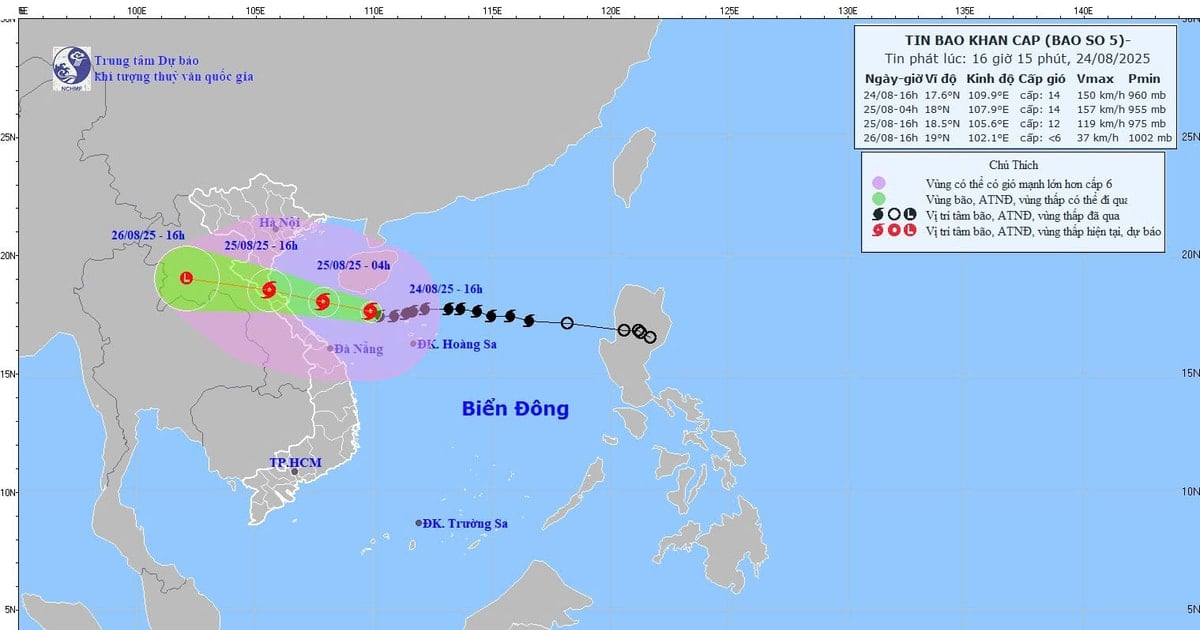


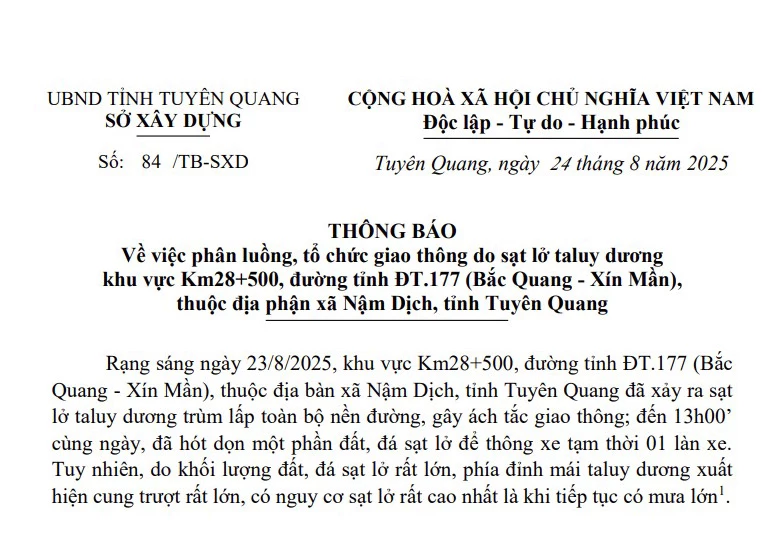


















Comment (0)